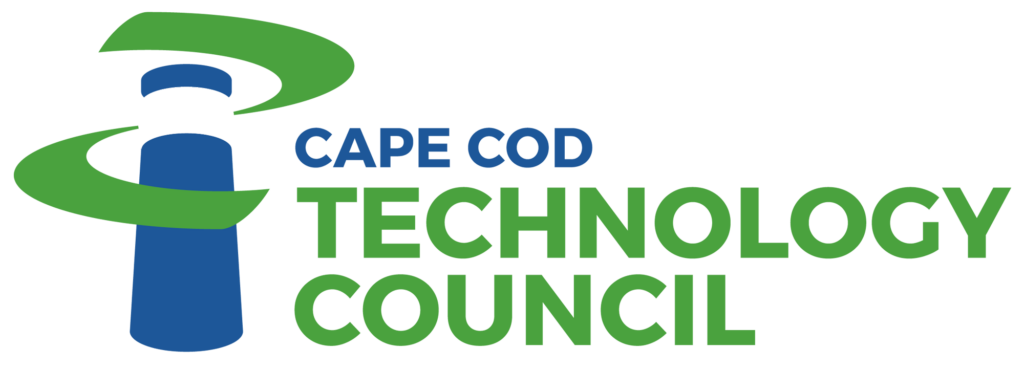 Craig Orsi, owner of the Cape Cod-based marketing firm Orsi & Company, came to November’s First Friday Breakfast meeting to address navigating and thriving on social media in what he called, “a very interesting time.”
Craig Orsi, owner of the Cape Cod-based marketing firm Orsi & Company, came to November’s First Friday Breakfast meeting to address navigating and thriving on social media in what he called, “a very interesting time.”
We are living in a divisive climate, filled with uncomfortable changes. Social media as we know it has grown into a sprawling ecosystem of networks, tools, platforms, and data without rules. It’s more powerful, more useful, more integrated, and more intelligent than ever. And it’s a mess.
Craig says changes are coming, including advertising policies, advertising tools, and algorithm changes, making social media advertising feel more like buying traditional media.
The bad news is, we’re going to have to change the way some things have been done. Many of the things we’ve gotten used to are changing because they are part of the problem. Prices of advertising will also likely go up as it becomes more like other media.
The good news, Craig says, is that if you follow the rules and jump through the hoops the tools are better than ever. Some people see the death of organic reach as a bad thing, but he thinks it’s good because it’s more predictable. As a business owner, Craig knows what he needs to do to get people to see his content. According to Craig, if you’re budgeting for it, and plan it well, social media will reward you.
The numbers indicate that social media is still the way to go to get your message out, because everybody’s there. “Adoption numbers are insane,” Craig says.
Social media allow us to engage directly and personally with customers. Users and networks have been very generous with their data, which means you can learn about your customers and sell more effectively. If you spend money on Facebook, you have access to analytics about what your customers are doing. Craig recommends spending some time digging into who is engaging with your business.
An honest analysis of your customer base will provide insight into where they are, and what they’re doing while they’re there. Build a strategy to connect with them off those insights. Social media bridges the gap between in-person experience and mass market advertising. If you offer a good experience in person, you can take that online. Use your customer data to craft a strategy – and make sure what you’re putting out matches who you are. Measure, and constantly adjust what’s working, including posting times and types of content (links, video, etc.).
Craig reminds us not to be boring, so our content cuts through the clutter. Think about why people engage with fake news. Yes, it confirms their bias, but it’s written for the purpose of getting people to engage with it. Learn from why it’s successful and use it for good.
And speaking of fake news…
How the elections ruined social media
Craig told us about how Trump and Clinton targeted the same people on social media, but the Clinton campaign ended up spending 80% more. The Trump campaign figured out that Facebook rewards interaction, so they’d post inflammatory ads. The engagement (both negative and positive) boosted the content, which was then shown more often, for less money. The takeaway: If you’re boring, you’ll pay more (although it’s changing).
Following the 2016 election, none of the major social networks had a plan to deal with fake news, abuse, or misinformation, and public opinion started to turn against the platforms.
How it’s being fixed
GDPR (General Data Protection Regulation) finally happened, creating a set of rules for data collection in the EU, setting a precedent for the rest of us. Algorithms have been changed to curb the spread of misinformation. The older social networks are maturing, Craig says, and dealing with their growing pains.
The bright side of all this is that technology has caught up, allowing for more seamless transactions from social media. Tools like the Facebook Pixel and custom audiences can be utilized by small businesses at no additional cost, allowing them to leverage their data to make smart decisions. “The best new business looks like your existing business,” Craig said. Social media data gives us the tools to see what our existing business looks like.
Facebook is still the biggest social media player. They have a well-developed ad platform that integrates with Instagram. Held accountable for data misuse, Facebook has new initiatives that restrict demographic targeting – which is good in the long run but does mean more work for legitimate businesses.
Instagram skews younger than Facebook, but has attracted a lot of new users of all ages. The relative lack of politics has made it a refuge from the rest of the online world. Fully integrated with Facebook, Instagram’s data collection has improved and become more accessible. Instagram Stories has been a huge success.
YouTube now has more videos than you can watch, with more people watching than ever before. It’s harder to break through, with heavy users skewing much younger than the other platforms. If you’re going to do video content, which Craig encourages, put it on YouTube, and post the video (not the YouTube link) to Facebook, where it has a better chance of being seen. Facebook promotes its own content more than links.
Instagram took Snapchat’s thunder away. Most users use Snapchat to chat, but its location filters are affordable and a good option for sales and events.
Craig believes more rules and certifications are on the horizon, along with more policing. Data collection rules and norms will continue to change, but SEO and algorithms will reward people who are trying to do it the right way. He pointed out that there’s more transparency now, so even though you can still fool the system, it’s improving.
Tips and tricks:
- Upload your email list and create a target audience on Facebook. (Facebook hashes it, so if they get hacked it’s not breached.)
- Hacking happens. Be prepared.
- Have your business page verified on Facebook.
- Make sure you have https on your website.
- Remember that your political leanings and actions – in public and on social media – impact your business.
- Old tweets are being weaponized. Clean up your timeline.
- If you are not using video in some form, start now.
- AI is getting smarter and a lot of things can be automated (like responses on Facebook or making reservations on Yelp).
Craig recommends investing in really good design to set yourself apart. “We are an increasingly visual world,” he says. “There is no excuse for bad photos.” Almost every status update has a photograph now, so it’s wise to hire a good photographer if you need help.
He also recommends pivoting to video. Get comfortable behind or in front of the camera, and use a real microphone and a tripod – the difference is noticeable. Edit your work, and hire help if you need it.
Be interesting. Have a personality, and utilize social media as a great equalizer.
Craig Orsi is the owner of Orsi & Company LLC, a Cape Cod-based marketing firm offering digital and traditional marketing solutions to clients across Cape Cod and the state of Massachusetts. Craig is a board member of Cape Cod Young Professionals and the American Culinary Federation, and a graduate of Elon University.
